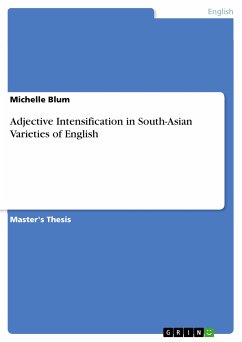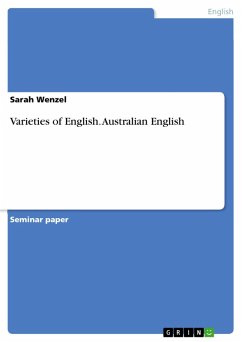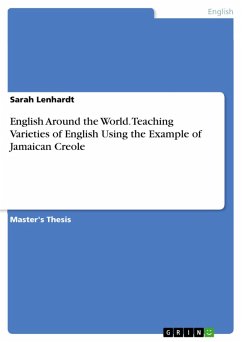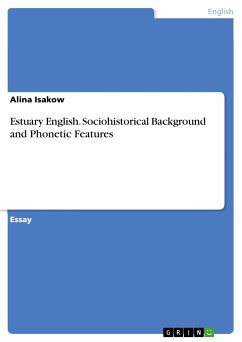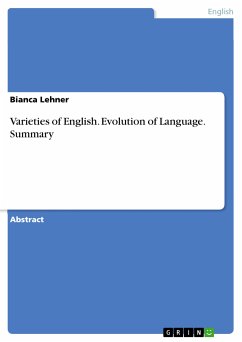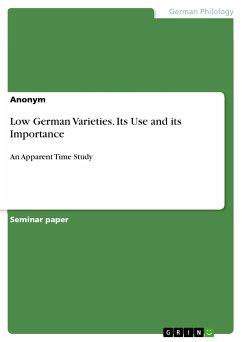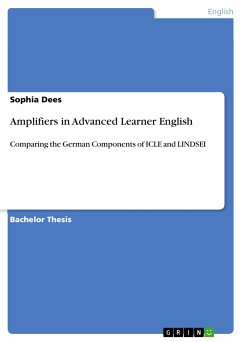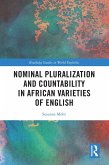Master's Thesis from the year 2020 in the subject English Language and Literature Studies - Linguistics, grade: 1,7, Justus-Liebig-University Giessen, language: English, abstract: This thesis will analyze the usage of intensification in three varieties of English, namely British English, Indian English and Sri Lankan English. These varieties were chosen due to their shared colonial past. It will be exciting to see similarities and differences between them, and to ascertain if their colonial past has left a linguistic imprint on them. After this introduction, the theory section will explain the most important topics concerning this thesis, namely Sri Lankan English, Indian English and British English and, naturally, intensifiers. The Schneider Dynamic Model and Kachru's Three Circle Model will also be explained briefly, since both are vital for research connected to colonialism. The methodology and data section will explain the process of data extraction and the methods used for data analysis along with research questions and hypotheses. The results will be explained in the results section. After that, the discussion of results will talk about the results and their meaning more thoroughly, and research questions as well as hypotheses will be revisited. Intensifiers have been used ever since language has been documented, and yet, with the amount of research done on the subject, are hardly taken seriously as an insight into language. Why is that? Do intensifiers really mean little, change little? Are they actually worth investigating, or are they just filler words, just meant to underline the importance of other words? Why research something that holds no meaning of its own? And, lastly, the most important question of all: What are intensifiers, and why do we use them?
Dieser Download kann aus rechtlichen Gründen nur mit Rechnungsadresse in A, B, BG, CY, CZ, D, DK, EW, E, FIN, F, GR, HR, H, IRL, I, LT, L, LR, M, NL, PL, P, R, S, SLO, SK ausgeliefert werden.

